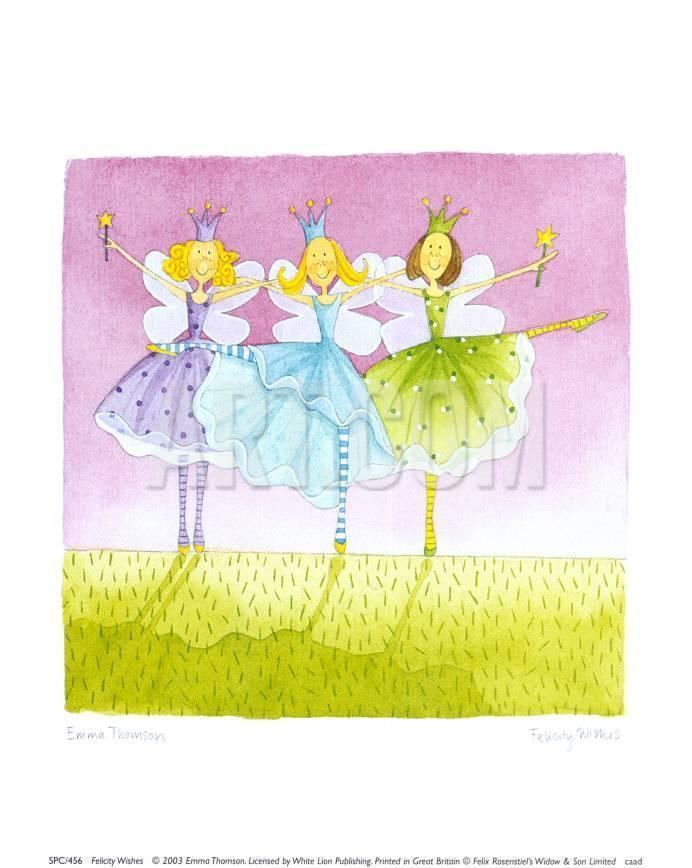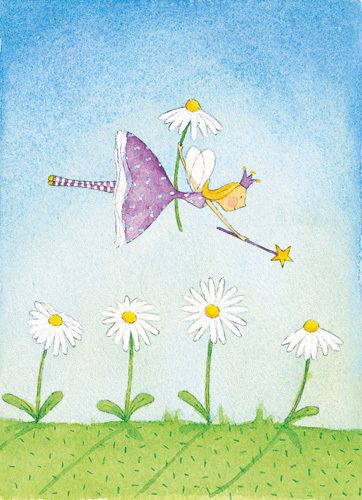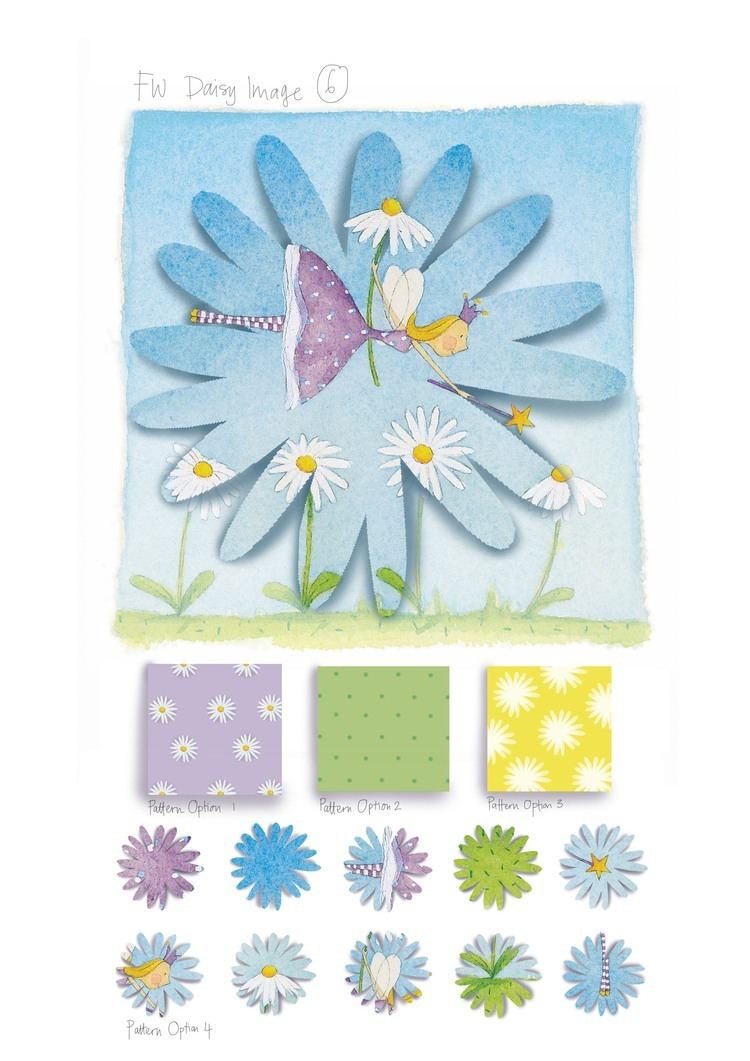 | ||
Characters Daisy, Holly, Winnie, Felicity, Polly Books Friendship and Fairyschool, Little Book of Friendship, Little book of happiness, Secrets and Surprises, Little Book of Peace | ||
Felicity Wishes is a British children's book series created, written, illustrated and privately owned by the Character Brand Creator Emma Thomson (not to be confused with the British actress of a similar name) . Books include over 140 story books, activity books, picture books and annuals. The popularity of the books led to the launch of a Felicity Wishes magazine and hundreds of other products.
Contents

The series is about a fairy called Felicity Wishes and her friends Holly, Polly and Daisy and later on winnie. Felicity lives in a fictional town called Little Blossoming. Little Blossoming, Bloomfield is in Fairy World. Fairy World is much the same as the human world with several key exceptions: there is no age, birth or death (fairies live forever), no men, no meat-eating, no money, no evil and no crime. Most of the books are set pre-graduation where Felicity goes to the School of Nine Wishes to learn and she eats cake and drinks tea with her friends at Sparkles Cafe. She has also travelled all over Fairy World. In these books Felicity Wishes and her friends both have a single pair of wings, because they still go to school; fairies who have graduated get double wings. Felicity has a constant companion, a little blue bird called Bertie Dishes, the only male character in the whole book series.

Characters
The magazine

The first issue of the magazine was released in 2007; it was the first of 56 issues, released fortnightly. In each magazine Felicity considered a different career: in the first issue, that of a cake-maker. An exclusive Felicity doll with wool hair was included with the first issue and costumes for the doll were given in other issues. Issue 2 had a satin pink bag with the Felicity Wishes logo and the third issue had a box for storing magazines or books. Subsequent editions featured careers that included: 'Journalist', 'Flight Attendant', 'Architect', 'Doctor', 'Decorator', 'Inventor' and 'Chef'
Foreign editions

Felicity Wishes has been translated into over 22 different languages including Portuguese and published by Dinalivro, a Portuguese Publishing House. In Portugal, Felicity has been named «Fada Carolina» («Fada» meaning «fairy» in Portuguese). Little Blossoming became «Cidade das Flores» and the school is called «Escola dos Nove Desejos». More than 20 titles are available in Portugal, most of them reaching their 2nd and 3rd editions. Some of Felicity's 22 foreign names are: Rose Felicity (French), Valeria Varita (Spanish), Dolca Picarol (Catalan), A fada Carolina (Portuguese), Isa Belletje (Dutch), Sofie Fehar (Danish), Felicity Bell (Italian), Tunderi Lonka (Hungarian) and Felicity Wunschfee (German).
Feminist critiques

In 2007, writing in the UK newspaper The Independent, Katy Guest raised concerns about the message conveyed to young girls by the line of products associated with the Felicity character:
A current advert for a new magazine from the fairy princess Felicity Wishes encourages little girls to dream about their future lives. "Every issue I try out a new job, from cake-maker to nurse, to popstar!" Felicity squeals. "Part 1 comes with a cute Felicity Wishes doll and with every issue there's a sparkly new outfit to dress her in!" Felicity does not come with an astronaut's costume or a train driver's hat, and seems to want little girls to grow up to be homemakers and pop tarts and use too many exclamation marks.The blog The Alpha Parent iterated similar concerns in a 2012 post analyzing the magazine's series of "dream jobs": "The magazine is an example of how girls are socialised to be *prepared* to accept their place in the sexual division of labour. That is, to aspire to jobs which are less skilled, lower paid, and often part time." Emma Thomson helped admonish the misrepresentation this feature expressed by posting a response that drew attention to the article's many omissions: those Felicity Wishes magazines that featured skilled, higher paid and full-time employment.
